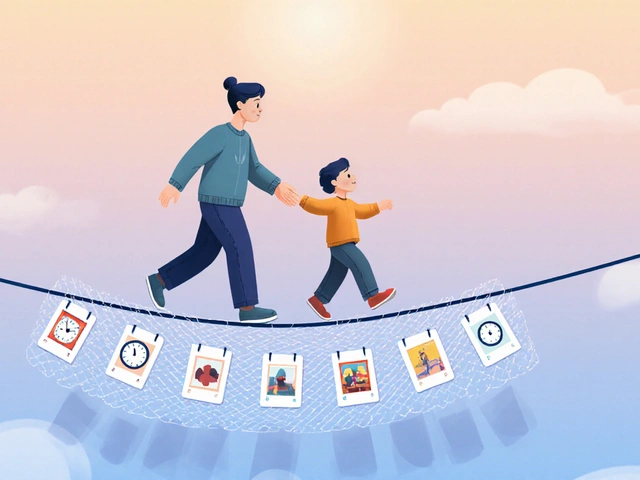Autism Parenting Styles: How to Choose the Best Approach for Your Family
October 18 2025Blood Sugar Basics: Simple Ways to Keep Your Levels Healthy
Ever wonder why your energy spikes after a sweet snack and crashes an hour later? That's blood sugar doing its thing. When you know what makes it rise and fall, you can stop the roller‑coaster and feel steadier all day.
What Is Blood Sugar and Why It Matters
Blood sugar, also called glucose, is the main fuel your body pulls from the foods you eat. Your pancreas releases insulin, a hormone that tells cells to grab that glucose for energy. If insulin isn’t working right or you eat more carbs than your body can handle, sugar builds up in the bloodstream. High blood sugar over time can lead to diabetes, heart problems, and nerve damage.
Even if you don’t have diabetes, swings in blood sugar affect mood, focus, and cravings. A dip can make you feel tired or irritable, while a spike can leave you jittery. Keeping levels in a normal range helps you stay sharp and avoid those unwanted feelings.
Everyday Strategies to Keep Blood Sugar in Check
1. Pair carbs with protein or healthy fat. Instead of eating a bowl of cereal alone, add a handful of nuts or a splash of milk. Protein and fat slow down carb absorption, so sugar rises more gently.
2. Choose fiber‑rich carbs. Whole grains, beans, veggies, and fruits with skin give you carbs plus fiber. Fiber slows digestion, which keeps blood sugar steadier than refined flour or sugary drinks.
3. Watch portion sizes. Even healthy carbs can spike sugar if you eat too much. Aim for a palm‑size portion of grains or a fist‑size serving of fruit.
4. Stay hydrated. Thirst can feel like hunger, leading you to grab sweets. Drinking water throughout the day helps your kidneys flush excess sugar.
5. Move a little after meals. A short walk, a few minutes of stretching, or light house chores tells your muscles to use glucose, lowering the post‑meal rise.
6. Keep a simple log. Jot down what you eat, how you feel, and any blood sugar readings if you test at home. Patterns pop up fast, and you can tweak meals before they become a habit.
These habits don’t require a complete diet overhaul. Start with one change—maybe swap a sugary soda for water or add a protein snack between meals—and notice how you feel. Small tweaks add up, and you’ll likely see steadier energy, fewer cravings, and better sleep.
Remember, blood sugar is just one piece of your health puzzle. Pair these tips with regular check‑ups, enough sleep, and stress‑relief practices for the best results. Your body will thank you with smoother days and a clearer mind.
 22 Sep
22 Sep
Type 2 Diabetes Explained: Symptoms, Causes & Risk Factors
Learn what type 2 diabetes is, recognize its symptoms, understand the underlying causes, and discover key risk factors to help you manage or prevent the condition.
Read More...




